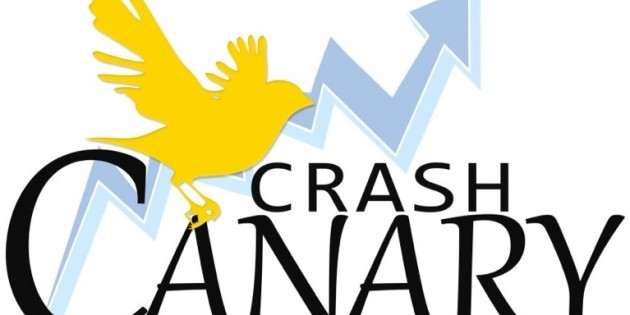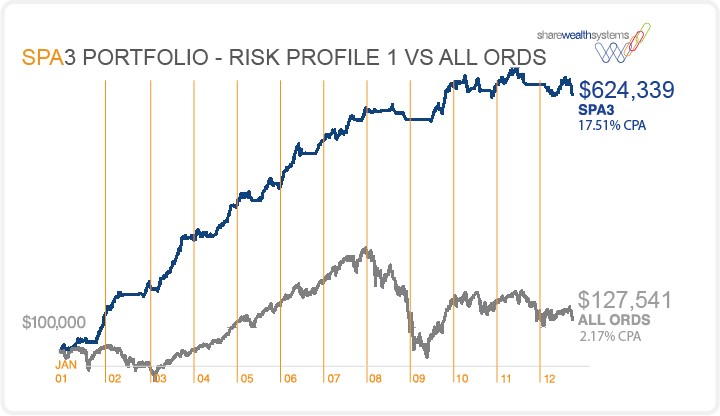How To Invest Your Money Part Four – Building Your Portfolio
Post on: 31 Июль, 2015 No Comment

This is the final part of a four part series on how to invest your money . The main focus of this series of articles is to discuss the psychology of investing. how to get started. finding your strategy. and building your portfolio. I hope this can be a resource for many people who are looking for information on how to invest their money.
Building Your Portfolio
After you have assessed your risk tolerance and created your investment goals with a clear strategy in mind, its time to start building your portfolio. A
gain, depending on what is right for your situation you will either be looking to build a wealth based or an income based portfolio to live off in retirement. Every investment portfolio starts with the very first contribution, but there are a few key points to consider along the way to achieving your financial freedom.
Contribute What You Can Afford
Before contributing to any investment account you need to ensure that all of your high interest debts have been completely paid off and that you are not spending more than you earn.
One of the best ways to determine how much money you can afford to invest each month is to make a forecast of income and expenses. Dont feel that you must save a certain percentage of your salary (i.e. 10%), especially when you are just getting started.
Contribute what you can afford and then try to increase the percentage each year.
By contributing equal amounts to your investment portfolio each month, more shares are purchased when prices are low and fewer shares are purchased when prices are high. This dollar cost averaging approach should give you a lower overall cost per share over time.
Some experts criticize the dollar cost averaging approach as a marketing gimmick by the mutual fund industry, and that investors are better off timing their purchases when overall prices are low. While this may be true, it is easier said than done. The best time to buy is when others are pessimistic, but in the beginning you should just focus on building your portfolio through regular contributions.
Prioritize Your Accounts
When setting up your long term goals. you will likely determine which investment accounts to prioritize. With so many options competing for your savings (RRSP, TFSA, RESP, Non-Registered Account) you need to prioritize your accounts.
If you are in a high income tax bracket it makes sense to invest predominantly inside your RRSP to maximize your tax refund and allow your contributions to grow and compound tax free.
On the other hand, if you are in a low income tax bracket, or if you have a defined benefit plan it would likely be more advantageous to contribute to your Tax Free Savings Account first.
Only after you have maxed out your RRSP and/or TFSA accounts should you be looking at investing in non-registered accounts .
Finally, ensure that your own finances are looked after and your retirement plan is set-up before saving for your childs education . Your childs education is important, but not at the expense of your own personal finances.
In a perfect world, an investor should maximize their investment opportunities each year by doing the following:
- Contribute 18% of income towards their RRSP (to a maximum of $22,970 in 2012)
- Contribute $5,500 towards their TFSA (annual contribution limit)
- Contribute $2,500 towards their RESP (in order to receive maximum annual grant of $500)

Getting Diversified
When deciding on the right asset allocation for your portfolio its important to review your goals and your tolerance for risk.
If you are just looking to preserve your capital and you cant stomach the volatility of the market, it would serve you best to hold safer fixed income investments such as GICs and bonds.
For the average investor, a few index funds representing Canadian equity, U.S. or Global equity, and Canadian bonds should offer enough diversification for your portfolio.
There are many investment products available that represent a number of different asset classes and sectors.
The whole point of diversifying is to smooth out your returns over time and lessen the impact of peaks and valleys in the market.
Just keep in mind that there is a danger in over-diversifying your portfolio, where curbing your downside risk is also stifling your potential upside. The result is a stagnant portfolio where one side is up and the other side is down.
Measure Your Performance
You need to measure your investment performance regularly to ensure that your results are aligned with your investment objectives and that you are still on track to achieve your goals.
Most index investors simply want to achieve market returns, minus fees. More active investors may have other benchmarks that involve achieving a specific rate of return.
Regardless of the approach you take, measuring results is a critical part of reaching your goals. Once you evaluate your portfolio. make any necessary changes to keep your investments on the right path.
By understanding your investment goals and becoming more active in your own financial planning, you can grow your investment portfolio safely and steadily.
I hope you enjoyed this series on how to invest your money.














